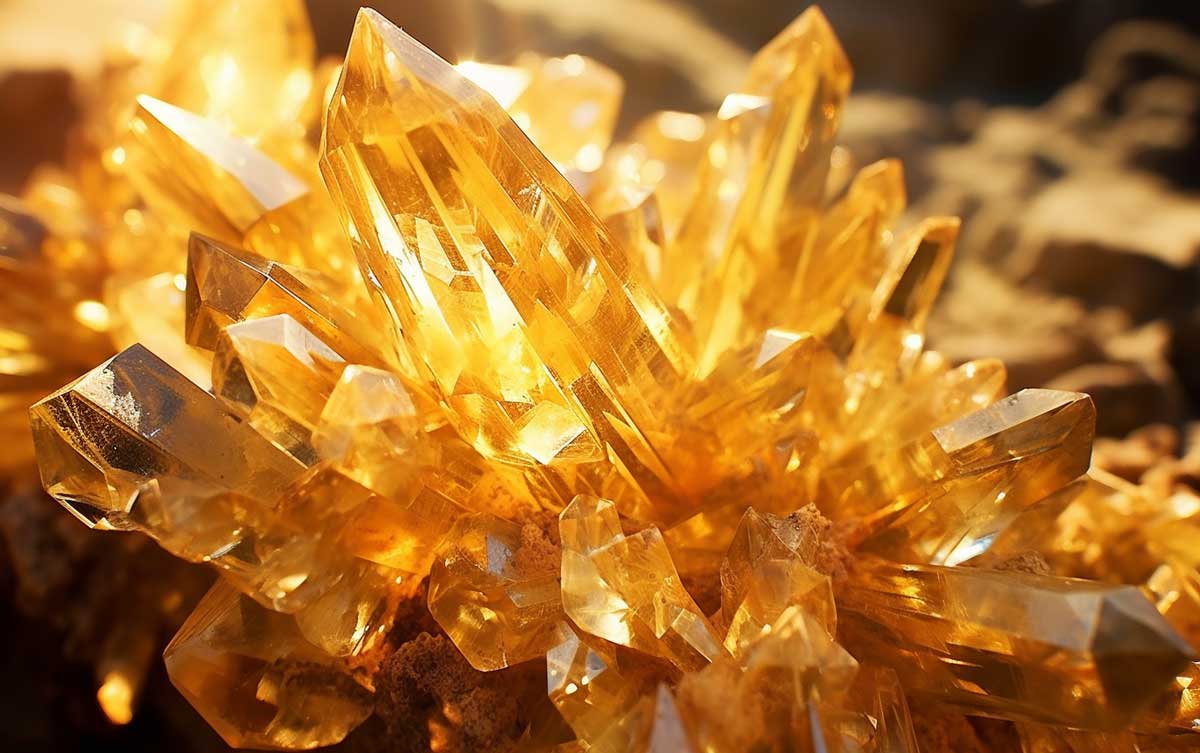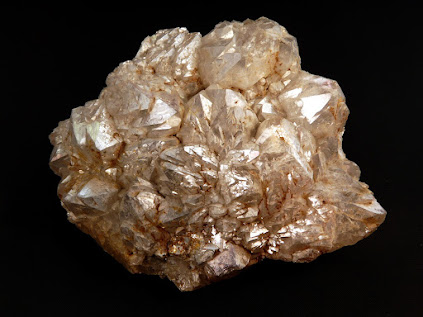QUARTZ
Quartz is our most common mineral. Quartz is made of the two most abundant chemical elements on Earth: oxygen and silicon. Atoms of oxygen and silicon join together as tetrahedrons (three sided pyramids). These stack together to build crystals. Billions of tetrahedrons are needed to build even a small crystal.
ROSE QUARTZ
Rose quartz is one of the many quartz varieties used as a gem material. It gets its name from its delicate pink color, which ranges from very light (almost white) to medium-dark. The most appealing color typically occurs in larger sizes, and small rose quartz specimens with good color tend to be rare.
SMOKEY QUARTZ
Smoky quartz is an abundant gemstone and is therefore relatively inexpensive. It is found in countries such as Mozambique, Switzerland, Brazil, the United States, Madagascar, Australia and Scotland. It is mainly found in the quartz veins and pegmatite dikes of igneous and metamorphic rocks.
CITRINE QUARTZ
Citrine is the yellow variety of quartz, and its name comes from the Old French word for lemon. Its warm colour is said to be a gift from the sun, making this golden gemstone the perfect option for brightening up a typically chilly autumnal month. Citrine has been a popular decorative gemstone since ancient times.
BLACK QUARTZ
The black quartz crystal is actually the same mineral as smokey quartz and morion quartz, and only differs from the common quartz mineral due to its aluminum content. This stone can serve as a strong anchor, radiating positive energy and also serves as a talisman for the root chakra.
Cotterite is a type of quartz that was only ever found in County Cork and that shows a unique trait. Instead of looking glassy, which is the lustre of all well-behaved quartz (e.g. amethyst, citrine, rock crystal, prase), cotterite displays a bizarre and distinctive silvery metallic sheen. Yet there is no metal!






Comments
Post a Comment